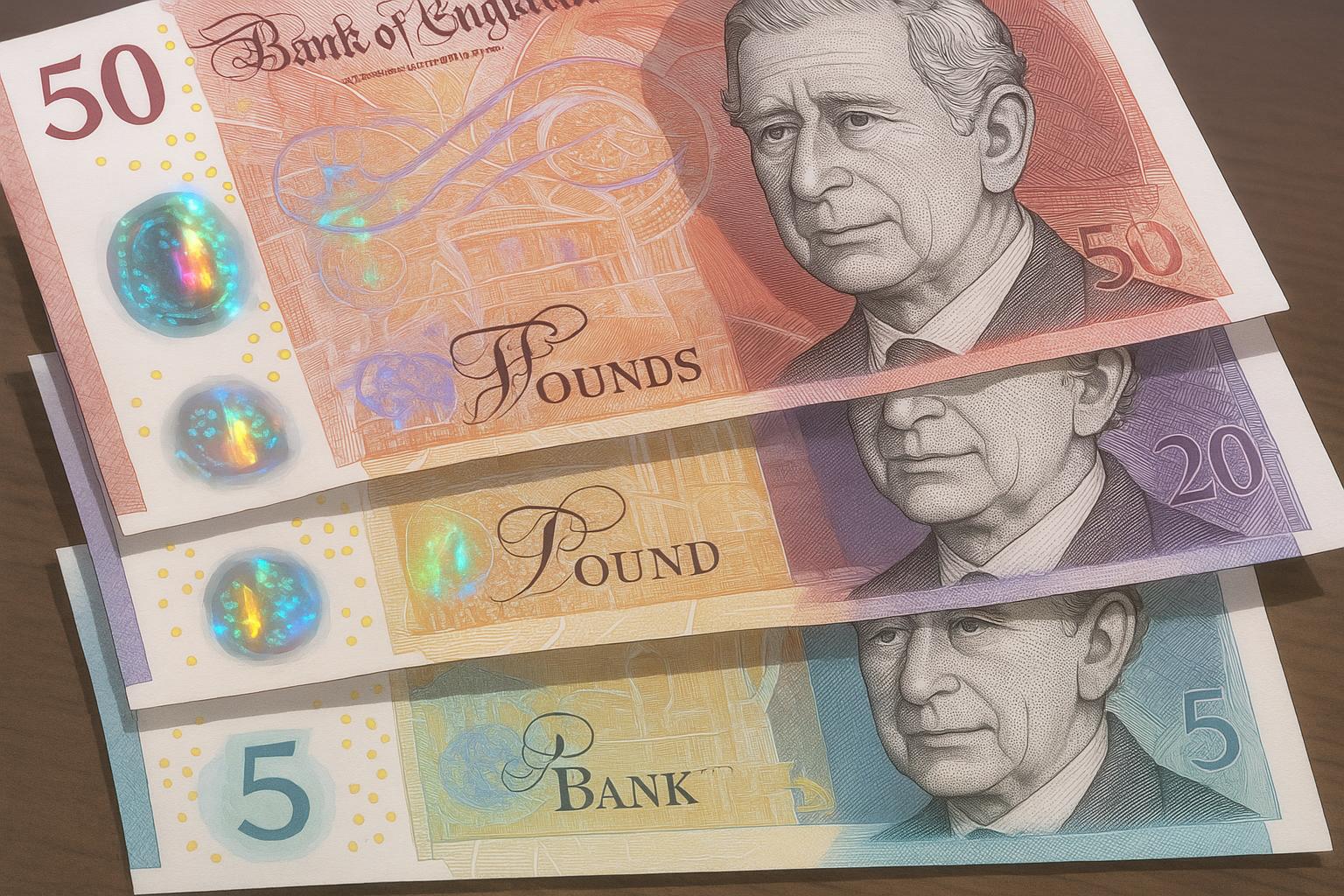The intricate world of British banknotes has recently garnered attention, illuminating a surprising discovery about their dimensions. As the UK transitions to a predominantly cashless society, the unique characteristics of the nation’s currency continue to fascinate. A Reddit user’s revelation that each banknote is approximately half the width of the next largest denomination has sparked a lively conversation online.
Britain's banknotes—currently in £5, £10, £20, and £50 denominations—have seen significant changes in recent years, particularly in the portraits featured. With the passing of Queen Elizabeth II, banknotes now showcase the visage of King Charles III, starting from their official issuance in June 2024. However, this transition has not altered the underlying design—primarily the size of the notes—apart from the updated portrait. Existing notes featuring the late monarch continue to circulate, promoting a seamless integration into everyday transactions. The Bank of England has confirmed that new notes will only be printed to replace worn-out ones or to respond to rising demand, thereby reflecting a commitment to both economic and environmental considerations.
The gradual shift to polymer notes started with the introduction of the £5 note, which made its debut in September 2016. This note features a hologram that shifts images as it is tilted, alongside a quote from Sir Winston Churchill: “I have nothing to offer but blood, toil, tears and sweat.” Following the £5 note, the £10 note introduced in 2017 bears the likeness of author Jane Austen, accompanied by her assertion: “I declare after all there is no enjoyment like reading!” These modern banknotes are designed for durability, including advanced security features to prevent counterfeiting.
The Reddit thread, which brought the dimensional curiosity to light, has sparked witty exchanges among users. Some proposals for further exploration include humorous suggestions for "research equipment," highlighting a shared amusement at the nuances of everyday currency. What began as a simple observation about the notes’ sizes evolved into a broader conversation about their historical significance and practicality in a society increasingly favouring digital transactions.
Interestingly, the Bank of England's strategy regarding the circulation of new notes both continues the legacy of monetary tradition and meets contemporary financial needs, balancing respect for history with modern demands. Thus, even in an era of digital currency, the physical form of British banknotes continues to be a subject of intrigue and discussion, embodying the nation’s rich narrative while adapting to the future.
In sum, the interplay between the physical attributes of banknotes and their evolving designs encapsulates not only the UK’s financial landscape but also its cultural heritage. As the nation moves forward, the little quirks of its cash continue to remind the public of the deep connections to history, art, and society embedded in its currency.
Reference Map
- Paragraphs 1, 3, 5
- Paragraphs 2, 4, 6
- Paragraph 2
- Paragraph 2
- Paragraph 2
- Paragraph 2
- Paragraph 2
Source: Noah Wire Services
